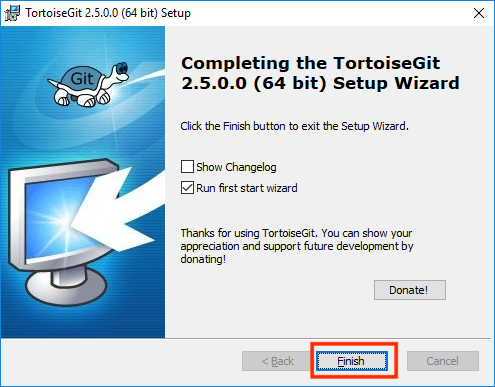

Install Windows ADB and start the ADB server in Windows. Alternatively, you use a video file as input.įollow the instruction to install Windows Sysystem for Linux (Ubuntu). Unless you compile OpenCV with FFMPEG and GStreamer in WSL, the live demos won’t work with any cameras. Note: The pre-built OpenCV packages don’t support cameras in WSL. Installing on Windows Subsystem for Linux (WSL) If you run into a build error, please read Troubleshooting to find the solutions of several common build issues. # For OpenCV 4.x # "include/opencv4/", ],Ĭ:\Users\Username\mediapipe_repo>bazel build -c opt -define MEDIAPIPE_DISABLE_GPU=1 -action_env PYTHON_BIN_PATH="C://python_36//python.exe" mediapipe/examples/desktop/hello_worldĬ:\Users\Username\mediapipe_repo>set GLOG_logtostderr=1Ĭ:\Users\Username\mediapipe_repo>bazel-bin\mediapipe\examples\desktop\hello_world\hello_world.exe Includes = [ # For OpenCV 3.x "include/", Hdrs = glob ([ # For OpenCV 3.x "include/opencv2/**/*.h*", Assume OpenCV would be installed to /usr/local/ which is recommended by default. You may need to modify WORKSPACE and opencv_linux.BUILD to point MediaPipe to your own OpenCV libraries. Follow OpenCV’s documentation to manually build OpenCV from source code. This option will do all steps defined in Option 3 automatically. Run setup_opencv.sh to automatically build OpenCV from source and modify MediaPipe’s OpenCV config. Includes = [ # Uncomment according to your multiarch value (gcc -print-multiarch): # "include/aarch64-linux-gnu/opencv4/", # "include/arm-linux-gnueabihf/opencv4/", # "include/x86_64-linux-gnu/opencv4/", "include/opencv4/", Hdrs = glob ([ # Uncomment according to your multiarch value (gcc -print-multiarch): # "include/aarch64-linux-gnu/opencv4/opencv2/cvconfig.h", # "include/arm-linux-gnueabihf/opencv4/opencv2/cvconfig.h", # "include/x86_64-linux-gnu/opencv4/opencv2/cvconfig.h", "include/opencv4/opencv2/**/*.h*", ) # opencv_linux.BUILD for OpenCV 4 installed from Debian package This site uses Just the Docs, a documentation theme for Jekyll.
#INSTALLING GIT FOR MAC GITHUB UPDATE#
If your terminal responds with a message like this: "git version 2.0.1", you have an official version installed, but may need to update it to utilize the latest release.

If you have an official version of Git already installed

If you do see git in that list, continue to the video "Updating Git if You Have the Version From Apple as well as an Official Install". If you don't see git in that list, you most likely have not installed an official package and should continue to the video "Updating Git if You Have Only the Version That Comes with Xcode or the Command Line Developer Tools".

To do that, run "ls /usr/local" and look through that list to find git. Before you do that, you'll want to check to see if there is already an official version installed, that just isn't getting priority ahead of the version from Apple. If you get a message like "git version 1.9.3 (Apple Git-50)", you have Git installed from Apple (through Xcode or the command line developer tools), and can most likely benefit from installing the latest build directly from the official Git website. If you do see git in that list, continue to the video "Updating Git From an Older Version to the Latest Release". If you don't see git in that list, you most likely don't have it installed and can continue to the video "Installing Git if You Do Not Have Xcode or the Command Line Developer Tools Installed". To double check, run "ls /usr/local" and look through that list to find git. If you're prompted to install Xcode, or the command line developer tools, you either do not have git installed, or don't have it in your $PATH variable. If you're prompted to install Xcode or the Command Line Developer Tools To do so, simply open a terminal window and type "git -version" and press Enter.īased on the response you get, one of the following videos will be applicable to your installation. Before you install Git, it's a good idea to check to see if you already have it installed.


 0 kommentar(er)
0 kommentar(er)
